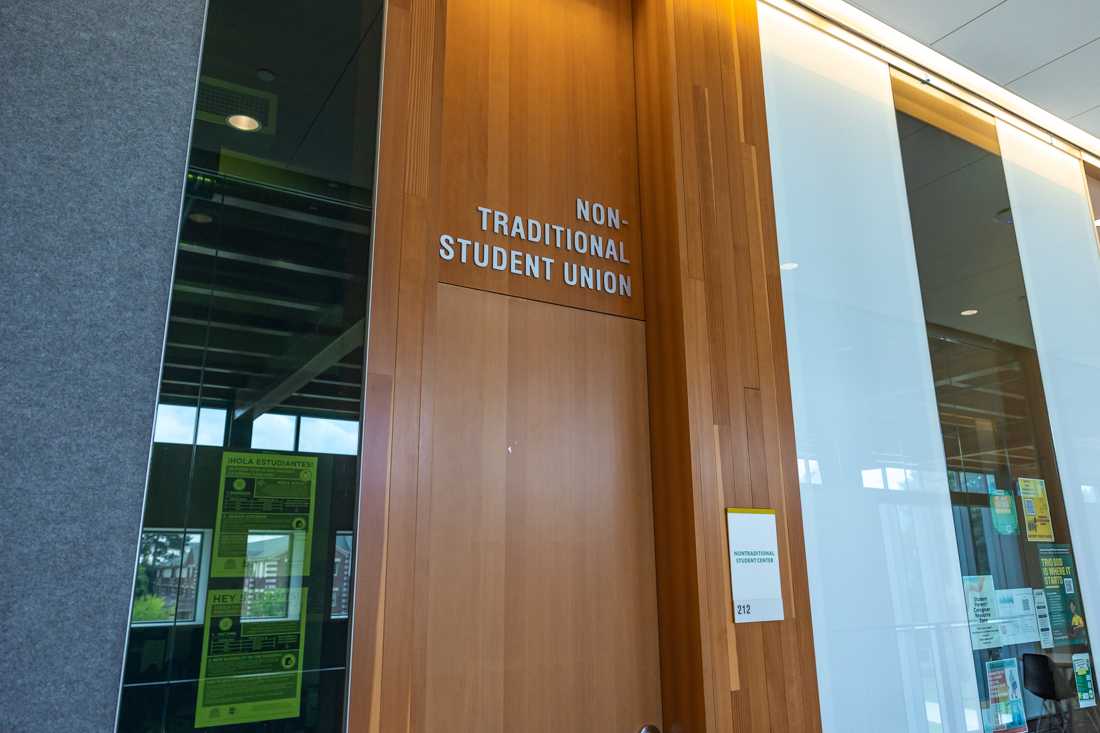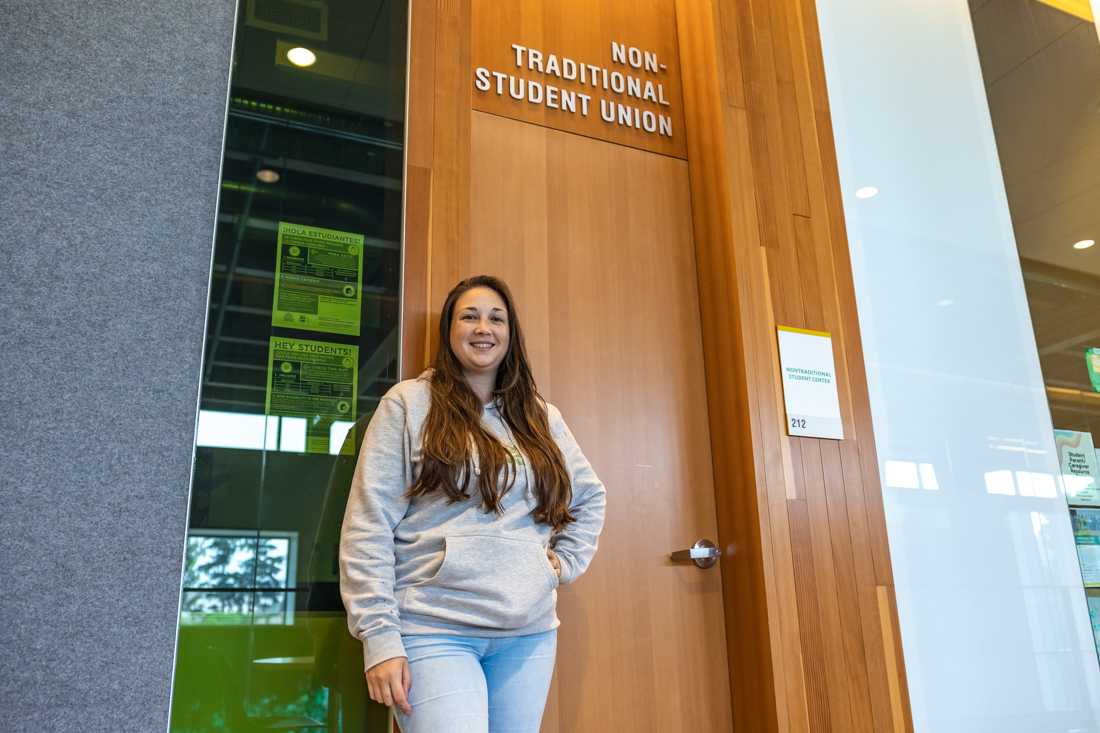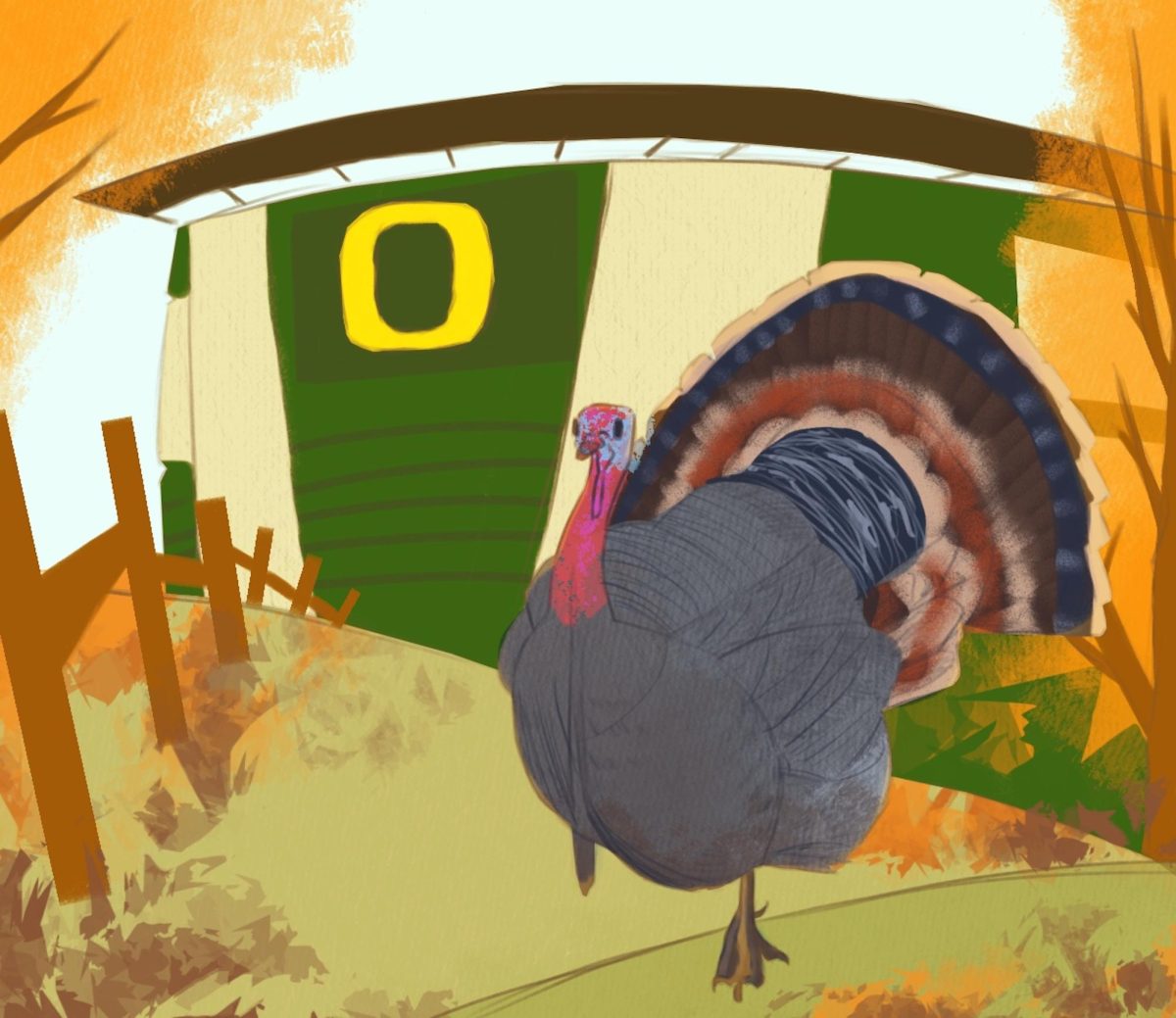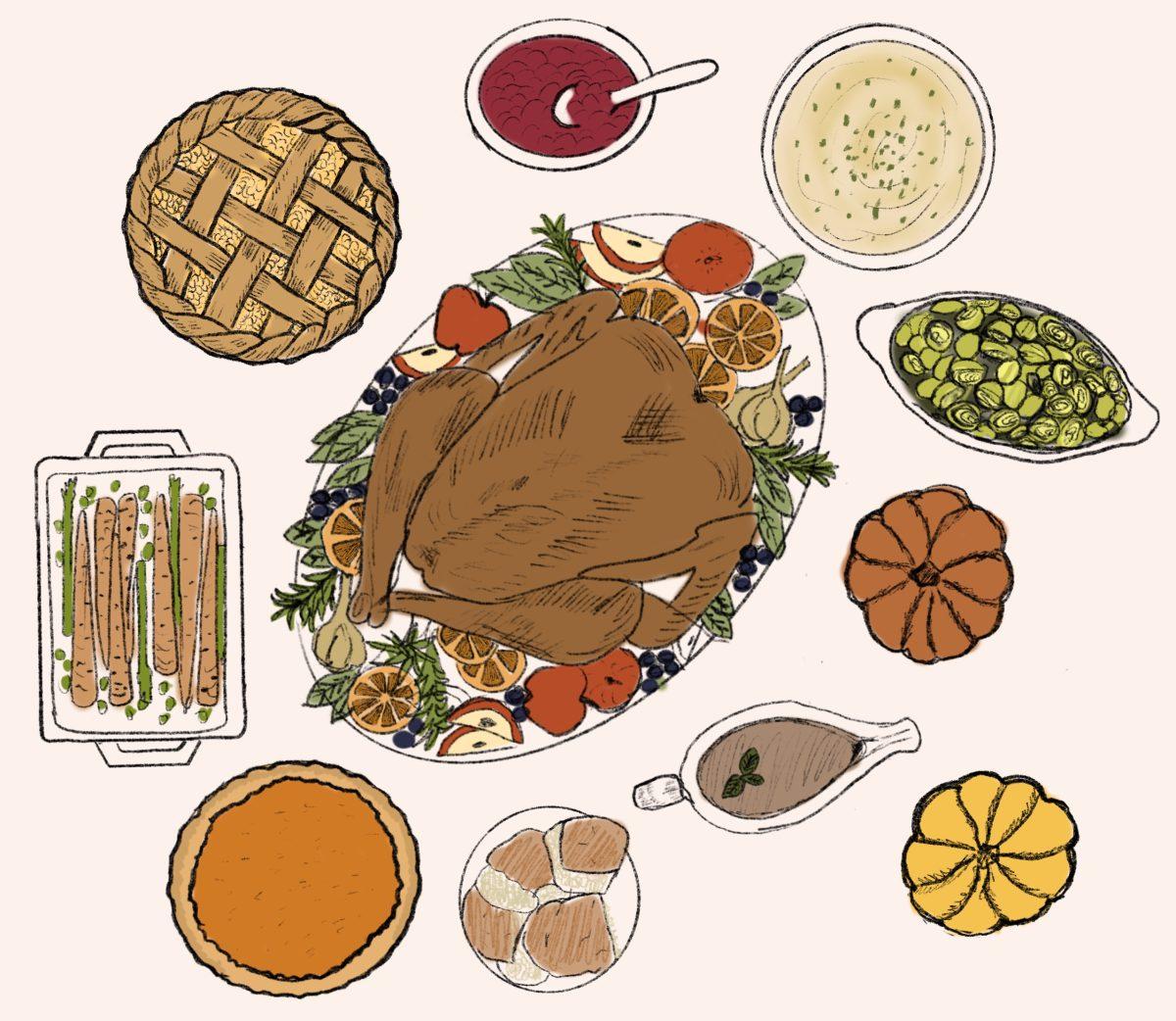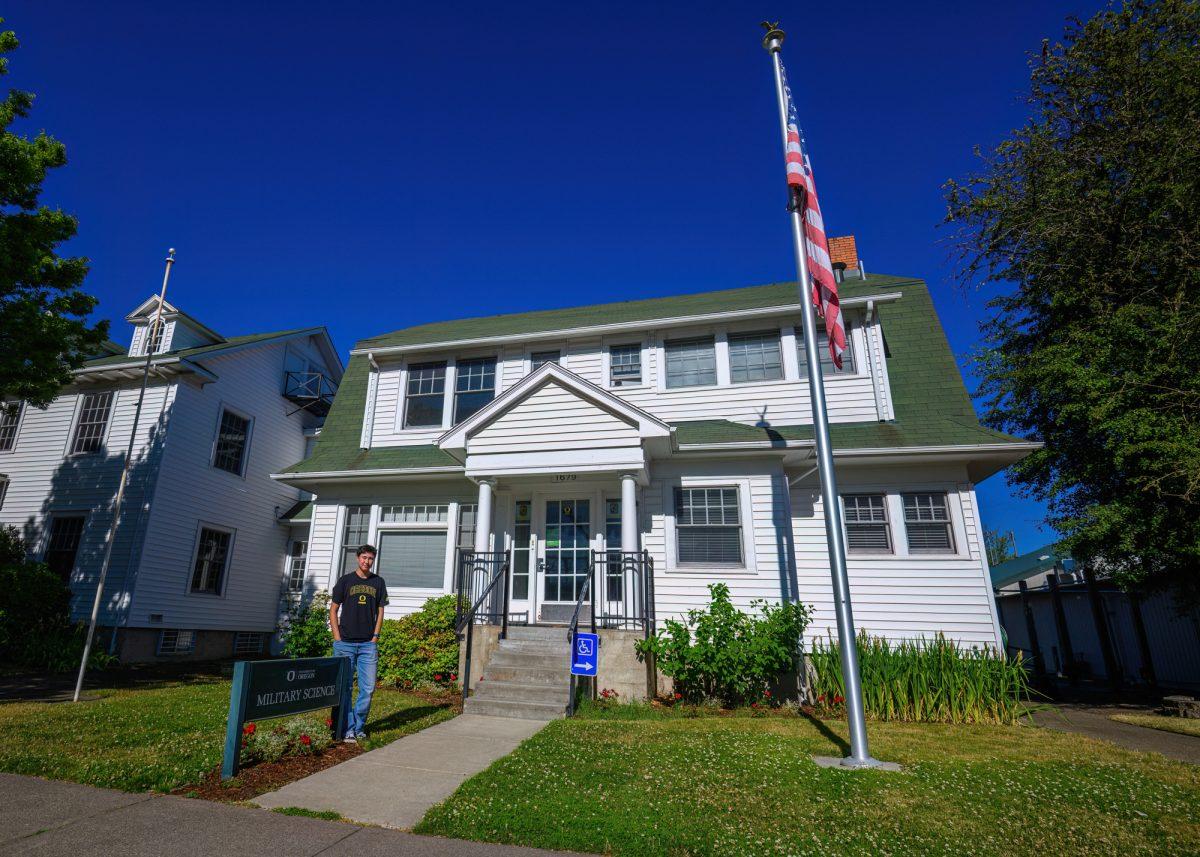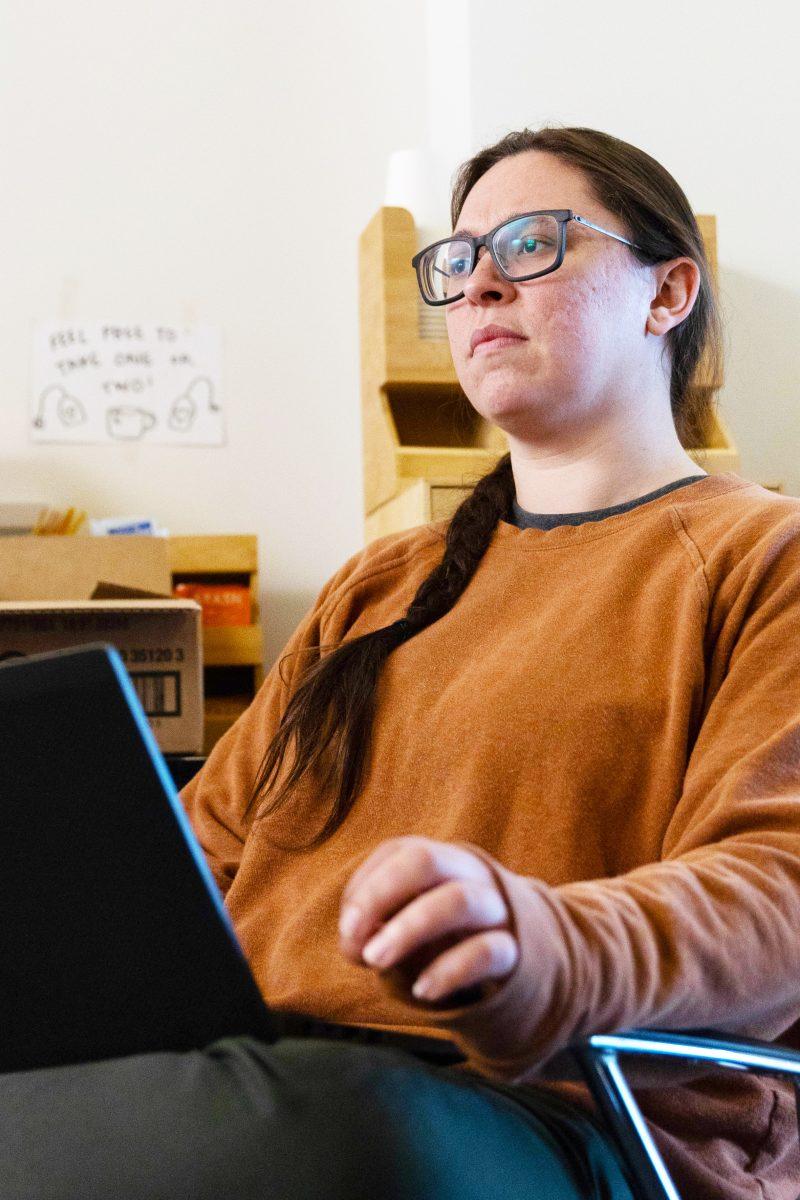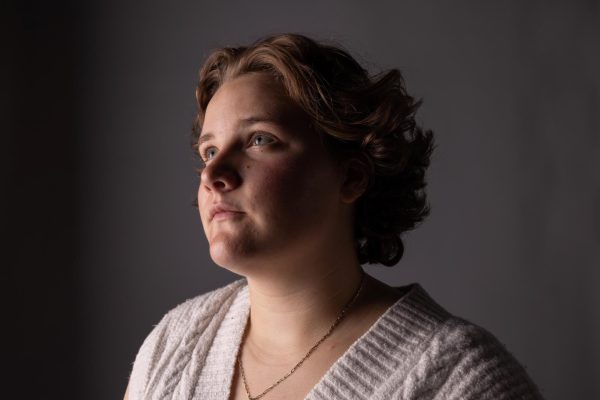Are you a student at the University of Oregon? Given that you’re reading this article, it’s a good bet that you are. Are you also a student who transferred here from another college or university? Are you older than 24? Are you a veteran? Do you have any children? Are you, perhaps, the first member of your family to attend college?
If any of these qualifications apply to you, then you are what’s known as a non-traditional student. This diverse cohort of the student body is large and expanding. Fortunately for those of us who fit into the non-traditional category, UO offers many services to help us out.
First of all, the university has an office dedicated to non-traditional students. Officially within the purview of the dean of students, the office is located in Oregon Hall. The current director is Whitney Donielson, who herself was a non-traditional student here at UO, graduating in 2011 with a B.A. in English.
Donielson’s job is “to support non-traditional students on campus by helping them discover and navigate resources, by building community through non-trad events, by providing education and skills through workshops and presentations and by advocating for this population of students in various ways,” she said. Contacting her is a good start for anyone interested in learning more about the opportunities and resources available for non-traditional UO students.
UO also has the Nontraditional Student Union, an ASUO-recognized student group. The office is located on the second floor of the Erb Memorial Union (rm. 212) and relies mostly on volunteer student staff to keep it running. The hours vary, but when it is open, whoever’s at the desk is invariably welcoming and helpful. They have a variety of flyers, leaflets and other written materials relevant to non-trads to peruse or take home.
The co-director of the Nontraditional Student Union is Shanie Jorgenson. Jorgenson herself is a non-trad, having transferred to UO from Butte College, a community college in California. A biology major and earth sciences minor, she describes herself as “somewhere between a junior and senior.”
With many non-traditional students having cobbled together credits here and there from different colleges and universities over time, the “somewhere between” this-or-that year can be a common descriptor. The typical four-year trajectory of undergraduate college education is not always typical for non-traditional students.
The NSU office also has a weekly produce drop. Jorgenson is still working on coordinating that for this term, so student drop-in hours are yet to be determined. Free school supplies are also sometimes available.
The nontraditional office and the Nontraditional Student Union work together on many projects, including putting together a monthly email newsletter. One upcoming event will be done in conjunction with the Men’s Resource Center, which is conveniently located next door to the NSU.
For transfer students, there is no dedicated office at the university, but there is an active social media presence. The Instagram account for the first-year transfer community at UO is @uofye_transfer.
This term, UO is offering a seminar for transfer students called “Finding Your Path.” It’s being held on Friday afternoons at 2 p.m., and will be led by Scott Broussard, UO’s transfer transition coordinator. More information can be found by contacting the Nontraditional Student Union.
For students who have served in the military or are currently serving in the military, UO has the Student Veterans Center. Located on the ground level of the EMU, the center is open from 9 to 5 p.m. every weekday during the term. According to their website, the center offers “a variety of services and resources including study and meeting space, computer and printing stations, staff to assist with personal and academic needs, and community veteran service providers.”
Student Veterans Services is also under the umbrella of the Office of the Dean of Students. Much more information can be found via the Dean of Students’ website, including scholarship availability, how to connect with peer advisers and further support information.
As for another non-traditional student segment, about “one in 10 college students in the U.S. is age 40 or older,” according to the National Center for Education Statistics. For older students, there are occasionally special workshops that can help to assist them with their particular needs and challenges.
One recent workshop centered on the concept of “imposter syndrome,” which is a “psychological pattern in which people doubt their accomplishments and have a persistent, often internalized, fear of being exposed as a ‘fraud,’” according to Wikipedia. This condition can be especially acute for students who are older than the average undergrad and feel out of place in the youth culture of college.
Other factors can also place students within the non-traditional category, such as being married or divorced, working full-time, being either low income or financially independent or having a disability. According to further data provided by Donielson, an estimated “40% of the current undergraduate population at American colleges and universities are non-traditional.”
Non-citizen immigrant students who qualify for the Obama-era Deferred Action for Childhood Arrivals program are also considered non-traditional. “Dreamers,” as they have come to be known, have a welcome night event for them. It will be held on Thursday, Oct. 5, from 5 to 6:30 p.m. More information can be found via the NSU or the Instagram account @uodreamers.
Special scholarships are also set up specifically for non-traditional students. These include the Bernard Osher and Crankstart Re-Entry scholarships. Additionally, there is the TRIO program, which offers support for first-generation and low-income students.
However, as Jorgenson pointed out, a problem with these and other scholarship opportunities is the GPA barrier. A particular challenge with non-traditional students can be achieving and maintaining a high grade-point average, which is generally a mandatory prerequisite for receiving scholarship aid for any student. To help with such academic issues, students may qualify for receiving special accommodations through the Accessible Education Center. These can include being allowed to record class sessions and being afforded extra time to take exams.
Last, but definitely not least, are the student parents. This is the group Jorgenson is the most enthusiastic about and would like to focus on more. The challenges these students can face include juggling a job with classes, homework and the complexities of day care. To help alleviate the last of these stressors, there is a childcare subsidy offered through the basic needs program.
Jorgenson is “excited for fall term and to do more outreach” to non-traditional students. She is currently working on setting up what she calls a “reverse symposium” focusing on “research opportunities for non-trads” in both the sciences and the humanities.
More information on the various resources available for non-traditional students can be found at the NSU Engage site as well as the Nontraditional Students page on the Dean of Students homepage. You can also sign up to receive the monthly nontraditional newsletter by contacting either the NSU or the nontraditional office.
If you are a non-traditional student, it would certainly not hurt to visit the NSU office in person to avail yourself of the resources offered there. Sometimes they even have coffee and donuts. Don’t be shy.
(Note: If you are a non-traditional student here at the UO who has any ideas for stories to cover about the non-traditional community, please contact me at: [email protected].)
Are you curious about how this article was written? Check out this week’s “How It’s Reported” with David Chandler.
Shanie Jorgenson is a co-director of the Nontraditional Student Union at the University of Oregon. The Nontraditional Student Union provides resources and services to help nontraditional students balance life and school. (Molly McPherson/Emerald)



